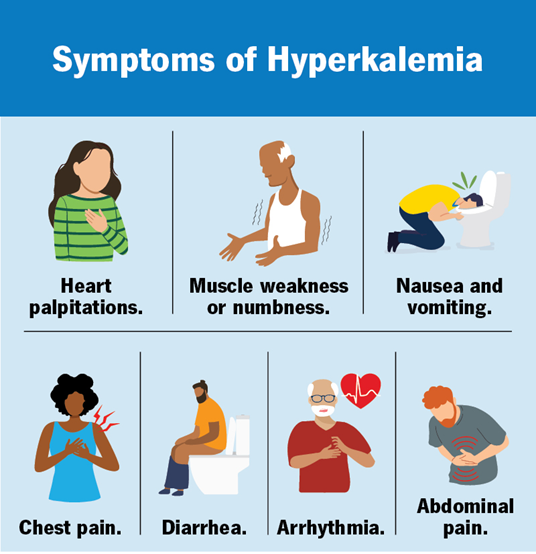Edited Text
What is the most concerning statement by a child with a newly placed long leg cast after repair of the tibia?
“Watch how well I blow these bubbles.”
“My skin is so itchy under there.”
“My toes feel like they are sleeping and won’t wiggle when I tell them to.”
“I was able to ride on the scooter with the PT person’s help.”
The Correct Answer is C
The correct answer is c. “My toes feel like they are sleeping and won’t wiggle when I tell them to.”
Choice A reason:
“Watch how well I blow these bubbles” is not a concerning statement. It indicates that the child is engaging in normal activities and is not experiencing any distress related to the cast or the injury.
Choice B Reason:
“My skin is so itchy under there” is a common complaint among children with casts. Itchiness can be managed with appropriate care, such as using a hair dryer on a cool setting to blow air under the cast. However, it is not an immediate cause for concern.
Choice C Reason:
“My toes feel like they are sleeping and won’t wiggle when I tell them to” is a concerning statement. This could indicate nerve compression or impaired circulation, which are serious complications that require immediate medical attention. Prompt evaluation is necessary to prevent permanent damage.
Choice D Reason:
“I was able to ride on the scooter with the PT person’s help” is not a concerning statement. It suggests that the child is participating in physical therapy and is able to move with assistance, which is a positive sign of recovery.
Nursing Test Bank
Naxlex Comprehensive Predictor Exams
Related Questions
Correct Answer is C
Explanation
Choice A reason:
Rye and oats: Rye contains gluten, which must be avoided by individuals with celiac disease. Oats, while naturally gluten-free, can often be contaminated with gluten during processing. Therefore, they should be introduced cautiously and only if labeled gluten-free.
Choice B Reason:
Wheat and corn: Wheat is a major source of gluten and must be strictly avoided by those with celiac disease. Corn, on the other hand, is naturally gluten-free and safe for consumption. However, since wheat is included in this option, it is not suitable for a gluten-free diet.
Choice C Reason:
Rice and soy: Both rice and soy are naturally gluten-free and safe for individuals with celiac disease. They are excellent alternatives to gluten-containing grains and provide essential nutrients.
Choice D Reason:
Barley and millet grain: Barley contains gluten and must be avoided by those with celiac disease. Millet is naturally gluten-free and safe for consumption. However, since barley is included in this option, it is not suitable for a gluten-free diet.
Correct Answer is A
Explanation
Choice A reason:
Cardiac arrhythmia is a primary clinical manifestation of hyperkalemia. Hyperkalemia, defined as an elevated level of potassium in the blood, can significantly affect the electrical activity of the heart. This can lead to various types of arrhythmias, including bradycardia, ventricular tachycardia, and even cardiac arrest1. The presence of arrhythmias is a critical indicator of hyperkalemia and requires immediate medical attention to prevent life-threatening complications.

Choice B reason:
Seizures are not typically associated with hyperkalemia2. While severe electrolyte imbalances can potentially lead to neurological symptoms, seizures are more commonly linked to conditions such as hyponatremia (low sodium levels) or hypocalcemia (low calcium levels). Therefore, seizures are not a primary sign of hyperkalemia.
Choice C reason:
Dyspnea, or difficulty breathing, can occur in various medical conditions, including heart failure and respiratory disorders. While hyperkalemia can lead to muscle weakness and fatigue, which might indirectly affect breathing, dyspnea is not a primary clinical manifestation of hyperkalemia. The main concern with hyperkalemia is its effect on cardiac function.
Choice D reason:
Oliguria, or reduced urine output, is a symptom of acute renal failure but not specifically indicative of hyperkalemia. While acute renal failure can lead to hyperkalemia due to the kidneys’ inability to excrete potassium, oliguria itself is not a direct sign of hyperkalemia. The focus should be on the cardiac effects of elevated potassium levels
Whether you are a student looking to ace your exams or a practicing nurse seeking to enhance your expertise , our nursing education contents will empower you with the confidence and competence to make a difference in the lives of patients and become a respected leader in the healthcare field.
Visit Naxlex, invest in your future and unlock endless possibilities with our unparalleled nursing education contents today
Report Wrong Answer on the Current Question
Do you disagree with the answer? If yes, what is your expected answer? Explain.
Kindly be descriptive with the issue you are facing.
